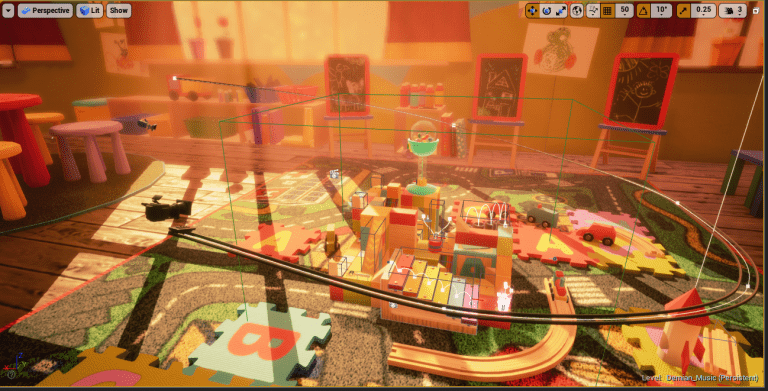
Marbleground Construct is a colorful 3D puzzle platformer where you can place different objects into a playfield to help your marble reach the end of the level. Complete a set of pre-build puzzles or create your own path!
Project Specifics
Team Size: 8 developers
Development: 8 weeks
Engine: Unreal Engine
Genre: Puzzle
Store: Itch.io
Release: June 2019
Platform: PC
Main Features:
- Marble physics.
- Difficulty-based objectives.
- Movement altering objects.
- Drag & drop inventory.
- Interactable environment.
My Role(s):
- Game Designer
Concepting and Brainstorming
- Lead multiple brainstorming sessions with a multidisciplinary team and no starting constraints.
- Creation of custom constraints to limit our action field and narrow our creativity efforts.
- Diverging and converging towards a common middle ground.
- Used sticky notes to record all the entries for a particular categoty.
- Translated the session into a Trello board for future references.
Results:
- Brainstorming sessions were key to give the entire team solid design and creative constraint to build the game upon.
- These activities helped the team to bond together really early on and were the foundation of the team’s chemistry and final success.
- Brainstorming sessions allowed other disciplines to share and get used to specific design terminologies.
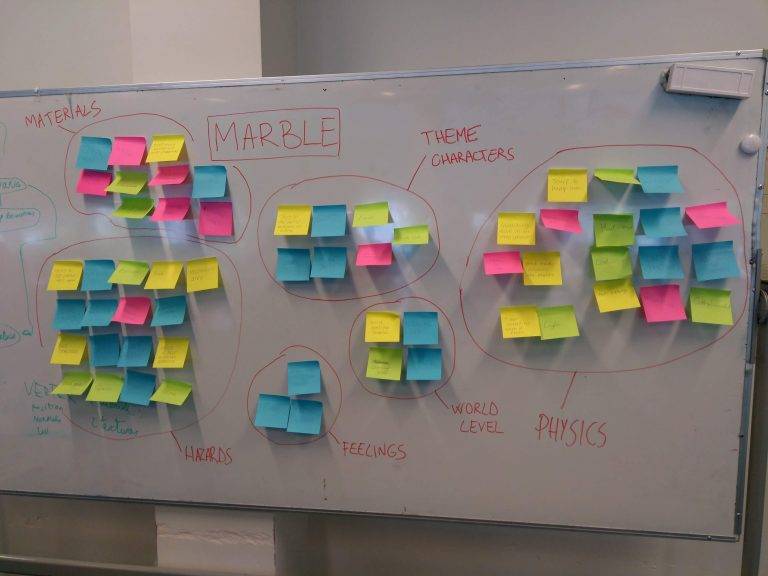
Puzzle Design
- Created possible marble puzzles to be implemented in Unreal.
- Used children building blocks to quickly create some puzzle ideas
- Used SketchUp to give a virtual 3D shape to each puzzle.
Results:
- Using real building blocks facilitate the creative process and gave us a better understanding on how to properly use the space for this kind of puzzles.
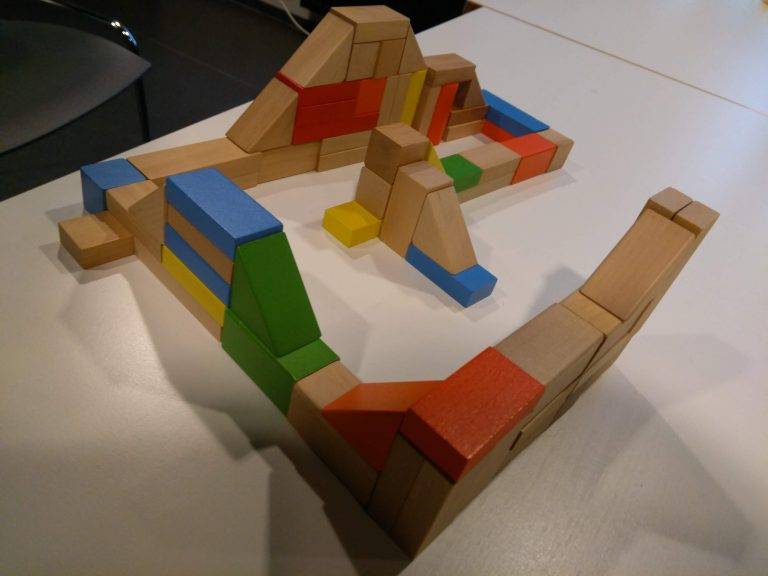

Focus Playtest
- Organized a focus playtesting session with our target audience (kids from 6 to 11 years old).
- Recorded data on their reactions (facial expressions) and level of enjoyment of the game.
Results:
- We established that the game experience was extremely enjoyable for our target audience, even if in an unfinished state.
- This experience confirmed to us that we were following the right “fun factors”.
- We were able to determine what were the most enjoyable actions to perform (e.g. kids found it extremely fun to be able to destroy the playfield at the end).
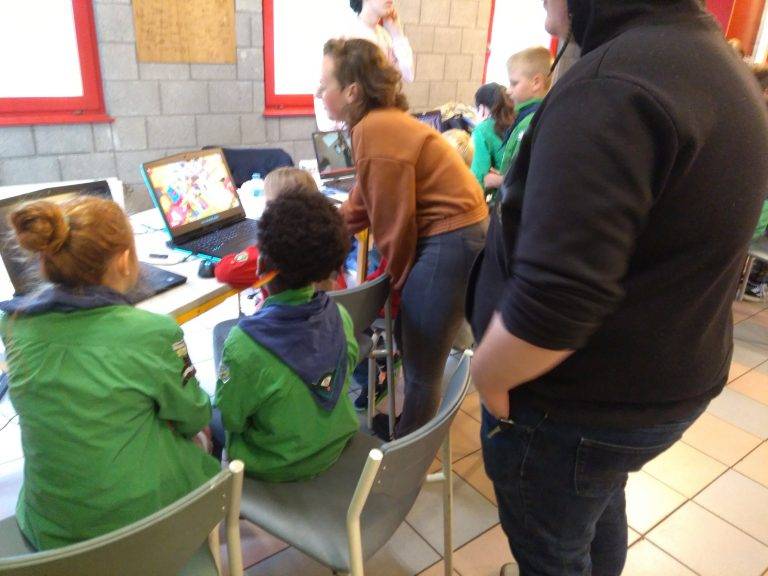
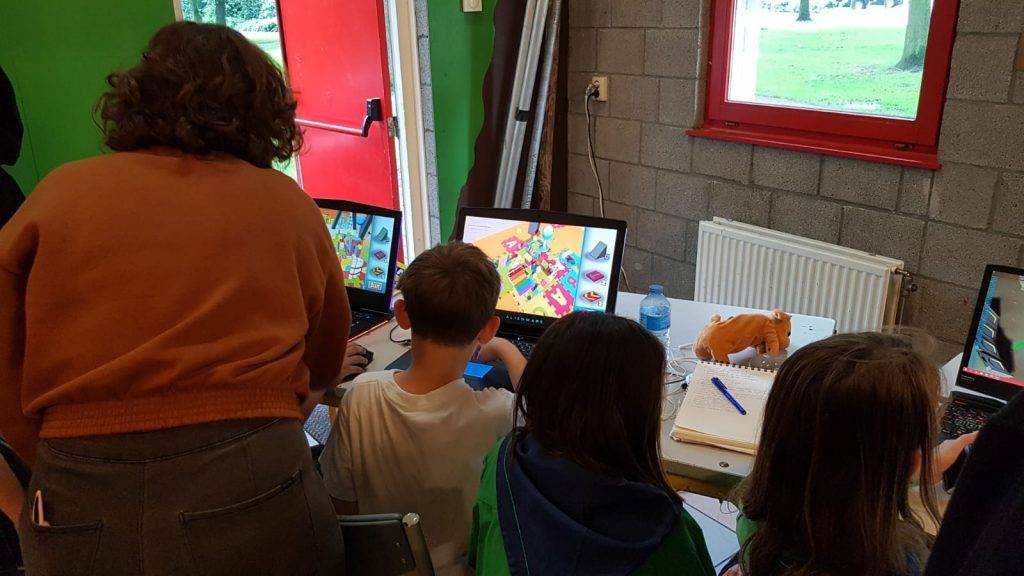
Camera implementation
- Implemented camera rails and cinematic camera shots to be triggered on play.
- Added a script for the camera to auto-rotate after a certain amount of idle time.
- Used Camera rig rails and cine camera actors to create and cut multiple shots together.
Results:
- Cinematic camera intros gave a nice touch to the game. The players were able to scout the 3D space before the game even started and understand the key pieces to interact with.
